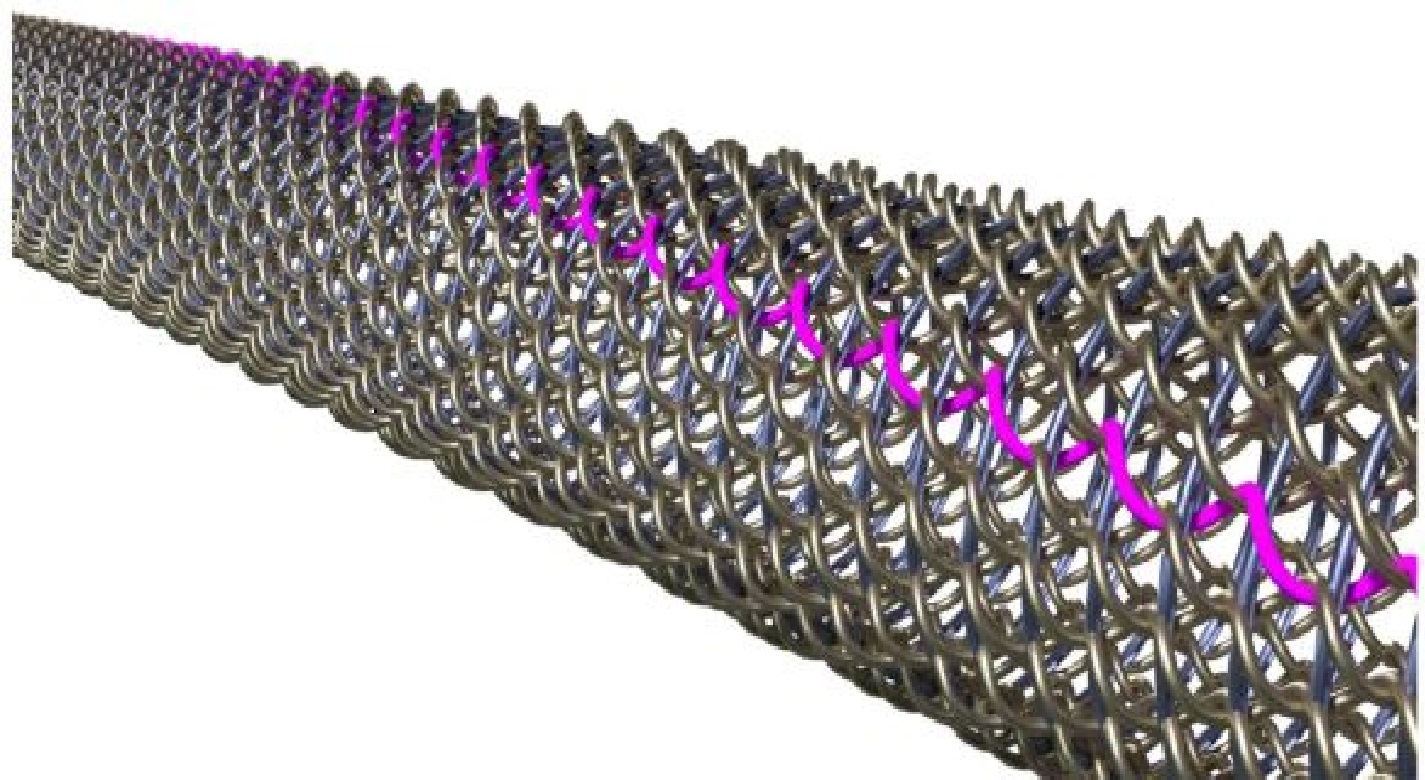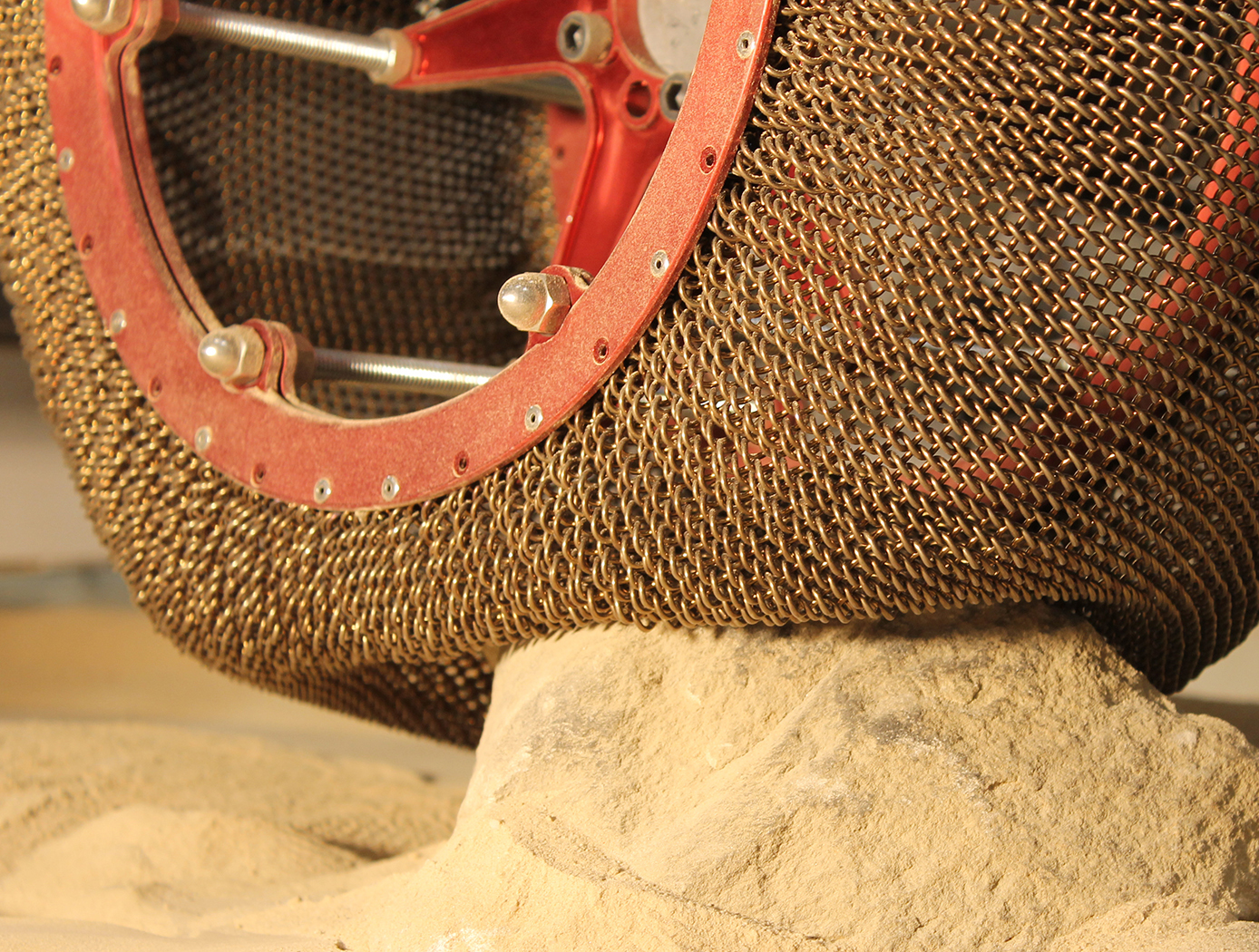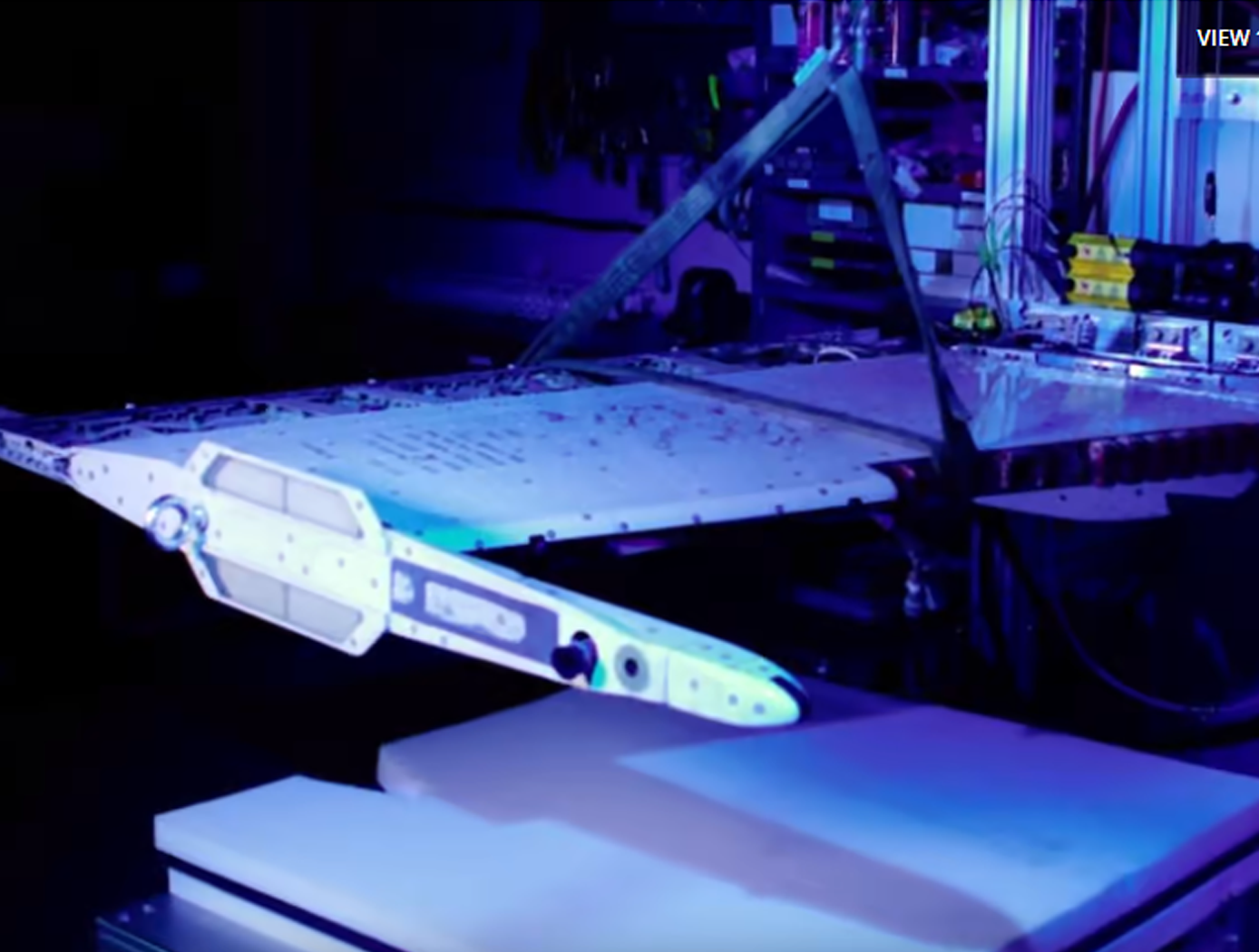Shape memory alloy (SMA) is a functional metal with unique properties that allow it to be trained to move on its own. SMAs can go through solid-state phase transformations, meaning they can be stretched, bent, heated, and cooled and still remember its original shape. This quality introduces opportunities for a variety of applications. The following are a few examples of NASA shape memory materials technologies that are ready to be licensed.
Magnetic Shape Memory Actuator with Nanometer Precision, Rapid Actuation, and High Dynamic Range

NASA has developed a push-pull type actuator utilizing a magnetic SMA. The actuator has nanometer precision and self-position sensing, which enables reliable and precise actuation with applications ranging from precise optical instrument pointing to simple locking mechanisms, including fast-steering mirrors and release/restraint devices. The unique properties of the novel magnetic SMA allow for rapid actuation up to thousands of times per second, and the position of the actuator is maintained when the magnetic field is removed or the device is turned off. The Magnetic Shape Memory Actuator boasts a high dynamic range, maintains its position when powered off, and is capable of rapid actuation up to the kHz frequency range.
Shape Memory Alloy Art (SMArt): a Hands-on, Educational tool Highlighting the Properties of SMA Wire

NASA innovators have developed an interactive educational device and method for creating letters, numbers, characters, symbols, or a combination, using SMA wire. The device, which is a small, portable apparatus, goes through a prescribed heating sequence that trains the SMA wire to remember the shape set by the user (e.g. a star, a heart, etc.). After the heating and cooling sequence of the device is complete, the user extracts the shape and can distort the trained SMA wire. Upon application of heat, the wire will transform back into its original shape. The innovation contributes a method for advancing science education by providing a powerful hands-on teaching tool to demonstrate cutting-edge material and science capabilities. SMArt sees use in consumer goods such as greeting cards and crafts, educational materials, science kits, conferences or conventions, science centers, maker’s spaces, and professional societies.
Shape Memory Alloy-Enabled Actuators Bring High Power Output in Compact Design

Actuators typically have large footprints to meet the power output needed for operation. Researchers at NASA have pioneered and matured SMAs to enable future aircraft with morphing airfoil surfaces and adaptive wings that fold to respond to different flight conditions. NASA now has two novel mechanical actuators with SMA transmission elements to move parts with rotational angular twisting, delivering the same power as traditional actuators but in a lightweight, smaller footprint form factor. The new rotary actuator and ring drive actuator move in response to external stimuli, such as heating. Despite the smaller footprint, the SMA tubes achieve a higher power density and similar power output to larger actuators, enabling new designs based on compact actuators. Beyond aircraft, SMA tubes can also be utilized in any application utilizing motors, small engines, or any rotary actuation such as doors, hood lifts, etc.
In addition to these technologies, a new single source tool created by NASA now gives scientists, researchers, and academics worldwide access to a vast collection of shape memory material information. The Shape Memory Materials Database (SMMD) Tool offers quick and easy access to an extensive database of knowledge. The collection offers information on SMAs, polymers, and ceramics-related actuation properties, structural performance, chemical data, and processing records.
Follow us on LinkedIn, Facebook, and Twitter to stay up-to-date on all our latest technology offerings. You can also register for our newsletter to receive our latest news and annoucements about our upcoming events.



